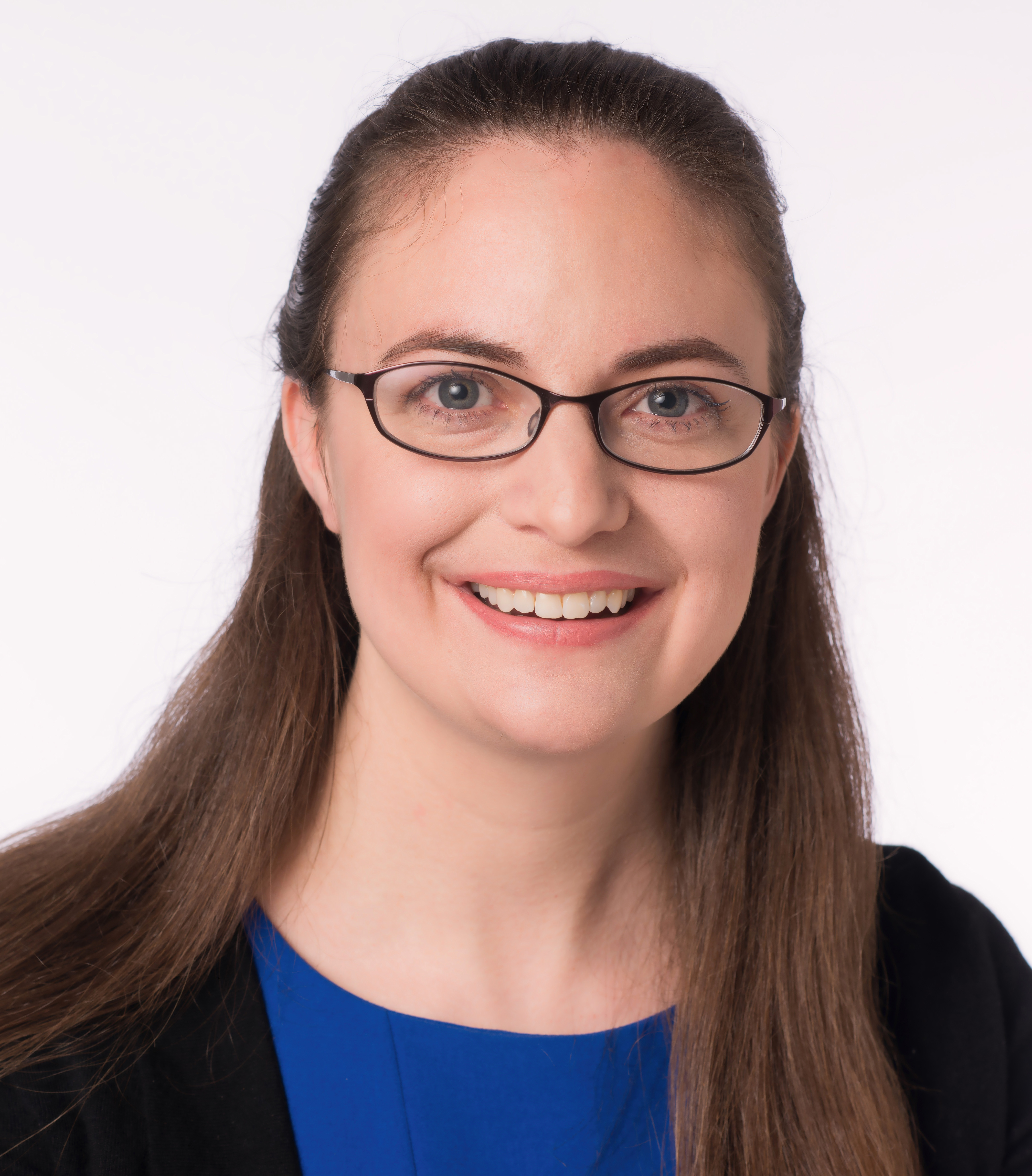EDUCATIONAL OUTREACH
Integrated with the research objectives of this National Science Foundation Faculty Early Career Development (CAREER) award, Prof. Thrall's long-term educational goals are to 1) train the next generation of researchers and designers in bridge engineering and deployable structures and 2) increase the participation and retention of women in science, technology, engineering, and mathematics (STEM) fields. Towards these objectives, Prof. Thrall will undertake a series of educational outreach opportunities.
BRIDGES (Building Relationships to Inspire and Drive Girls to pursue Engineering and Science)
The Kinetic Structures Laboratory has partnered with Riley High School to begin a new program aimed at increasing the participation and retention of women in the engineering magnet program. BRIDGES is a before-school enrichment program for women enrolled in the magnet program in grades 9-12. It is led by Prof. Thrall and Ms. Kristen Haubold (Riley Faculty). The program began in Fall 2014 and continued through Spring 2020.. For more information, see www.nd.edu/~bridges/riley.html
Expanding Your Horizons Career Conference for Middle School Girls
The Kinetic Structures Laboratory is also involved in a middle school education component which is aimed at inspiring girls to pursue STEM fields. This is facilitated through the annual Expanding Your Horizons Career Conference for Middle School Girls. Prof. Thrall and her graduate students have participated in this conference every year from 2013 through 2019. They conduct an interactive workshop entitled "Bridges over Troubled Waters" which introduces girls to bridge engineering.
This material is based upon work supported by the National Science Foundation under Grant No. CMMI-1351272. Any opinions, findings, and conclusions or recommendations expressed in this material are those of the author(s) and do not necessarily reflect the views of the National Science Foundation.
 Ashley P. Thrall
Ashley P. Thrall